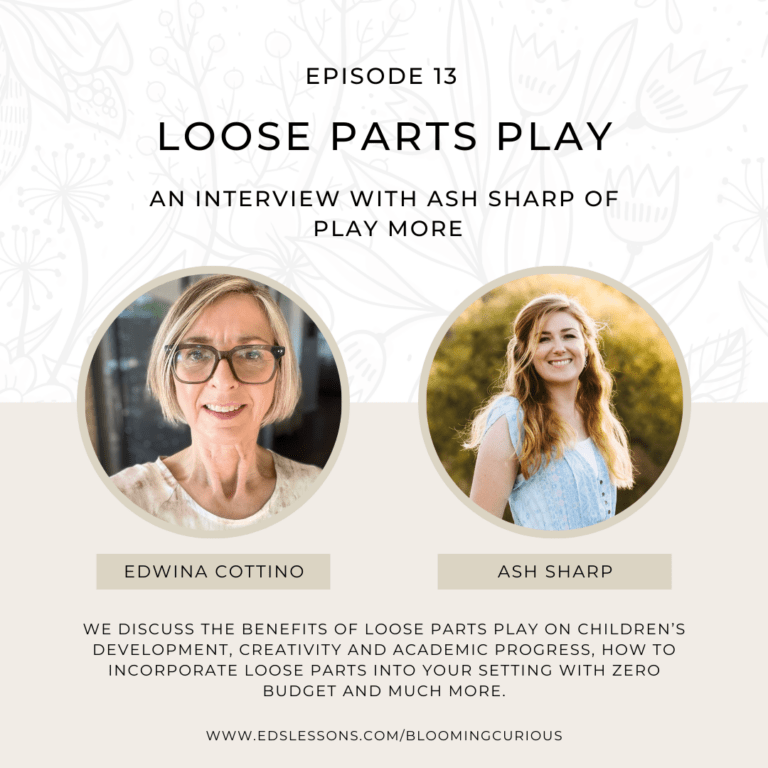Some of the links below may be affiliate links. This means that, at zero cost to you, I will earn an affiliate commission if you click through the link and finalise a purchase. All product recommendations are products that I have used and loved, or products that I would recommend based on experience.
The benefits of loose parts play are that it encourages creativity, collaboration, problem solving, language and vocabulary development and supports the overall learning and development of children.
Another benefit of loose parts play is that it costs just about nothing, so there really are no budgetary constraints when it comes to providing children with this type of play and learning experience.
Just about anything can be a loose part. Both natural and man-made objects count as loose parts. Empty boxes, string, pebbles, packaging, pieces of wood, tyres, cork tops, empty containers, fabric, the list is endless.
The beauty of loose parts is that they are open ended, and that is why they are so powerful for developing creativity, problem solving and giving children agency over their own creative development and play.
In this post and podcast interview, the founder of Play More, Ash Sharp talks about the benefits of loose parts play and quotes Simon Nicholson, an architect who in 1972 who developed the theory of loose parts.
The Theory of Loose Parts by Simon Nicholson
‘In any environment, both the degree of inventiveness and creativity, and the possibility of discovery, are directly proportional to the number and kind of variables in it.’
As an architect Nicholson was referring to school and playground design and rethinking the static play equipment, proposing instead one incorporating loose materials that children can engage with sparking their natural curiosity and inventiveness.
Nicholson went on to say:
“Creativity is for the gifted few: the rest of us are compelled to live in environments constructed by the gifted few, listen to the gifted few’s music, use gifted few’s inventions and art, and read the poems, fantasies and plays by the gifted few. This is what our education and culture conditions us to believe, and this is a culturally induced and perpetuated lie.” (The Theory of Loose Parts: An important principle for design methodology, 1972)
This powerful statement (credit to Lyons Early Childhood School where I discovered Nicholson’s statement) is certainly something that every educator, school leader and playground designer should be seriously considering before spending money on static toys and equipment that robs children of the opportunity to create for themselves.

Listen 🎧 to the interview on the podcast at https://bloomingcurious.com/podcast-episode/ep-13-exploring-the-benefits-of-loose-parts-play-with-ashleigh-sharp/
Does any of this content resonate with you and perhaps give you something to think about? Then click of those share buttons below to share it with a friend or follower. Sharing is caring!










